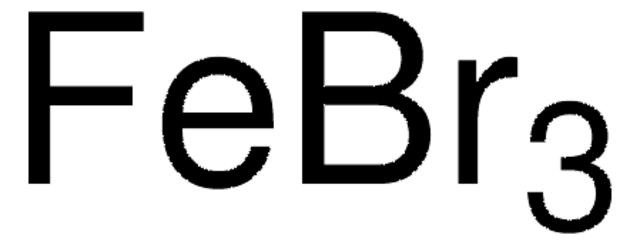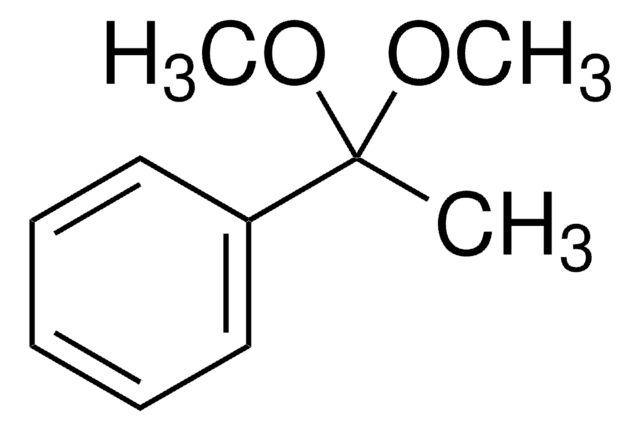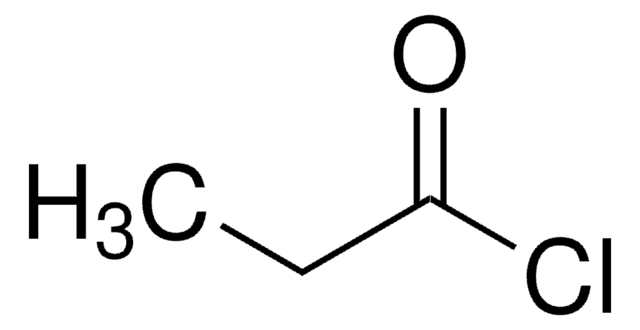추천 제품
Grade
anhydrous
Quality Level
vapor density
5.61 (vs air)
vapor pressure
1 mmHg ( 194 °C)
분석
≥99.99% trace metals basis
양식
powder
반응 적합성
reagent type: catalyst
core: iron
환경친화적 대안 제품 특성
Catalysis
Learn more about the Principles of Green Chemistry.
sustainability
Greener Alternative Product
불순물
≤100.0 ppm Trace Metal Analysis
mp
304 °C (lit.)
응용 분야
battery manufacturing
환경친화적 대안 카테고리
, Aligned
SMILES string
Cl[Fe](Cl)Cl
InChI
1S/3ClH.Fe/h3*1H;/q;;;+3/p-3
InChI key
RBTARNINKXHZNM-UHFFFAOYSA-K
유사한 제품을 찾으십니까? 방문 제품 비교 안내
일반 설명
애플리케이션
- As a precursor to fabricate nano-sized Fe-N-C catalysts for proton exchange membrane(PEM) fuel cells. FeCl3 iron precursor, helps to achieve the lowest charge transfer resistance and high peak power density.
- As an oxidant to prepare FeOCl@PPy cathode materials for Li-ion batteries with good cycling stability.
- As a precursor to fabricate amorphous multifunctional am-Fe–Bi/NF electrode for rechargeable Zinc-air batteries.
- To synthesize Fe3O4@nanocellulose/TiCl nano fillers for dye-sensitized solar cells to reduce the crystallinity of the polymer.
신호어
Danger
유해 및 위험 성명서
Hazard Classifications
Acute Tox. 4 Oral - Eye Dam. 1 - Met. Corr. 1 - Skin Irrit. 2
Storage Class Code
8B - Non-combustible corrosive hazardous materials
WGK
WGK 1
Flash Point (°F)
Not applicable
Flash Point (°C)
Not applicable
개인 보호 장비
dust mask type N95 (US), Eyeshields, Faceshields, Gloves
이미 열람한 고객
문서
Noble-Metal Nanostructures with Controlled Morphologies
Oxidation and reduction reactions are some of the most common transformations encountered in organic synthesis
Lithium-Ion Battery Performance: Dependence on Material Synthesis and Post‑Treatment Methods
Tools for Performing ATRP
프로토콜
Sigma-Aldrich presents an article about RAFT, or Reversible Addition/Fragmentation Chain Transfer, which is a form of living radical polymerization.
We presents an article featuring procedures that describe polymerization of methyl methacrylate and vinyl acetate homopolymers and a block copolymer as performed by researchers at CSIRO.
Global Trade Item Number
| SKU | GTIN |
|---|---|
| 451649-5G | 4061832324258 |
| 451649-1G | 4061832324241 |
자사의 과학자팀은 생명 과학, 재료 과학, 화학 합성, 크로마토그래피, 분석 및 기타 많은 영역을 포함한 모든 과학 분야에 경험이 있습니다..
고객지원팀으로 연락바랍니다.








